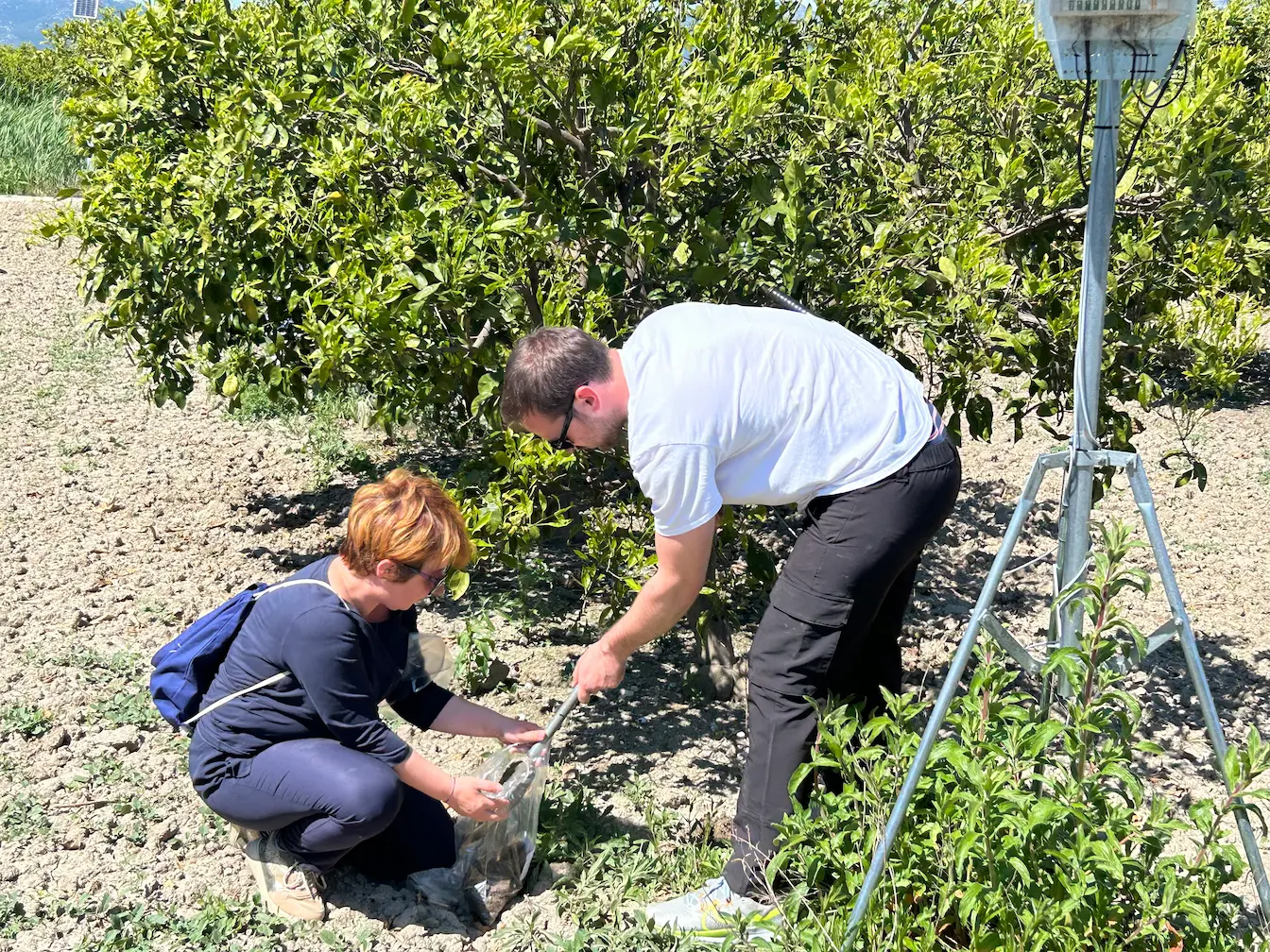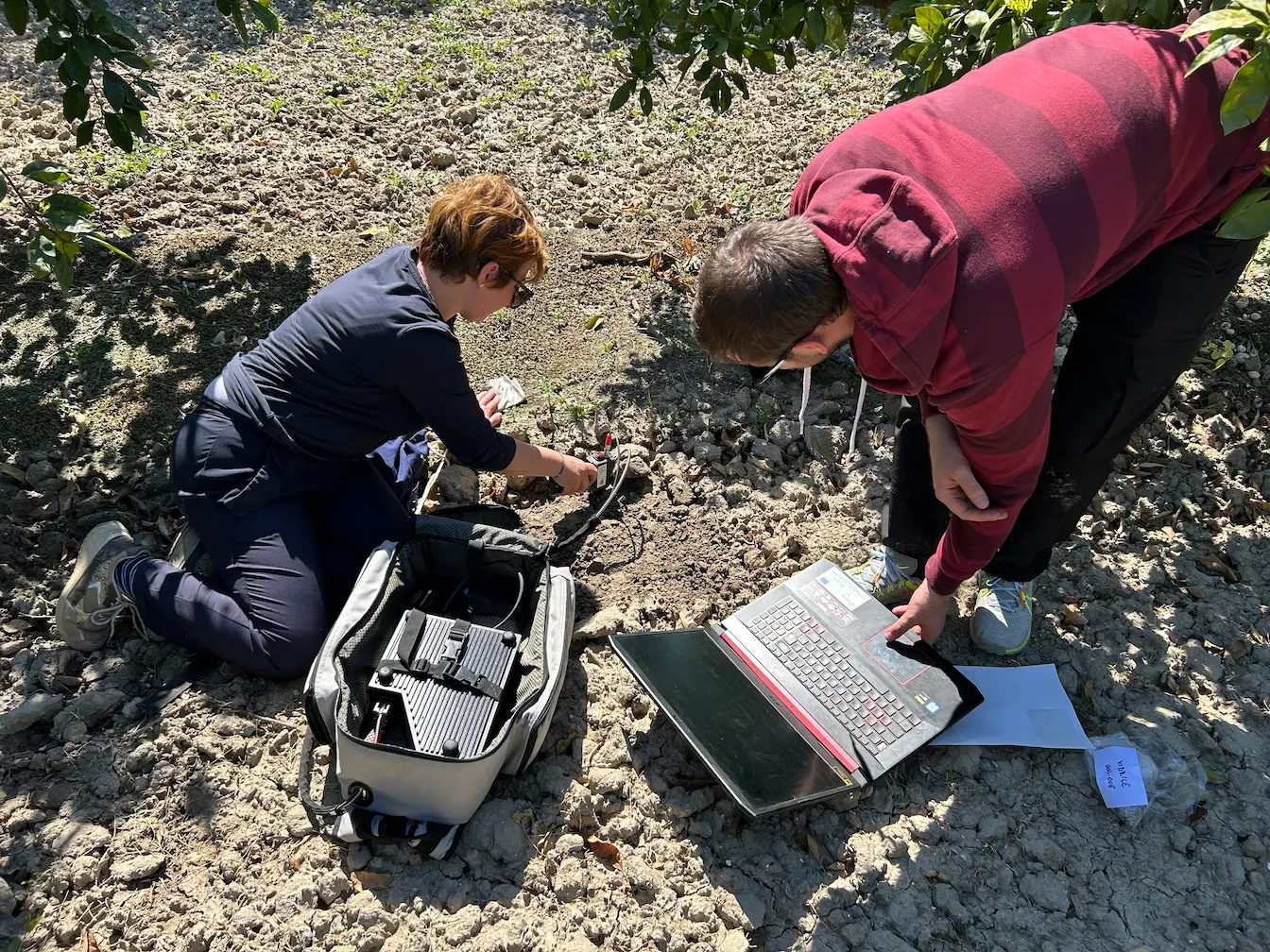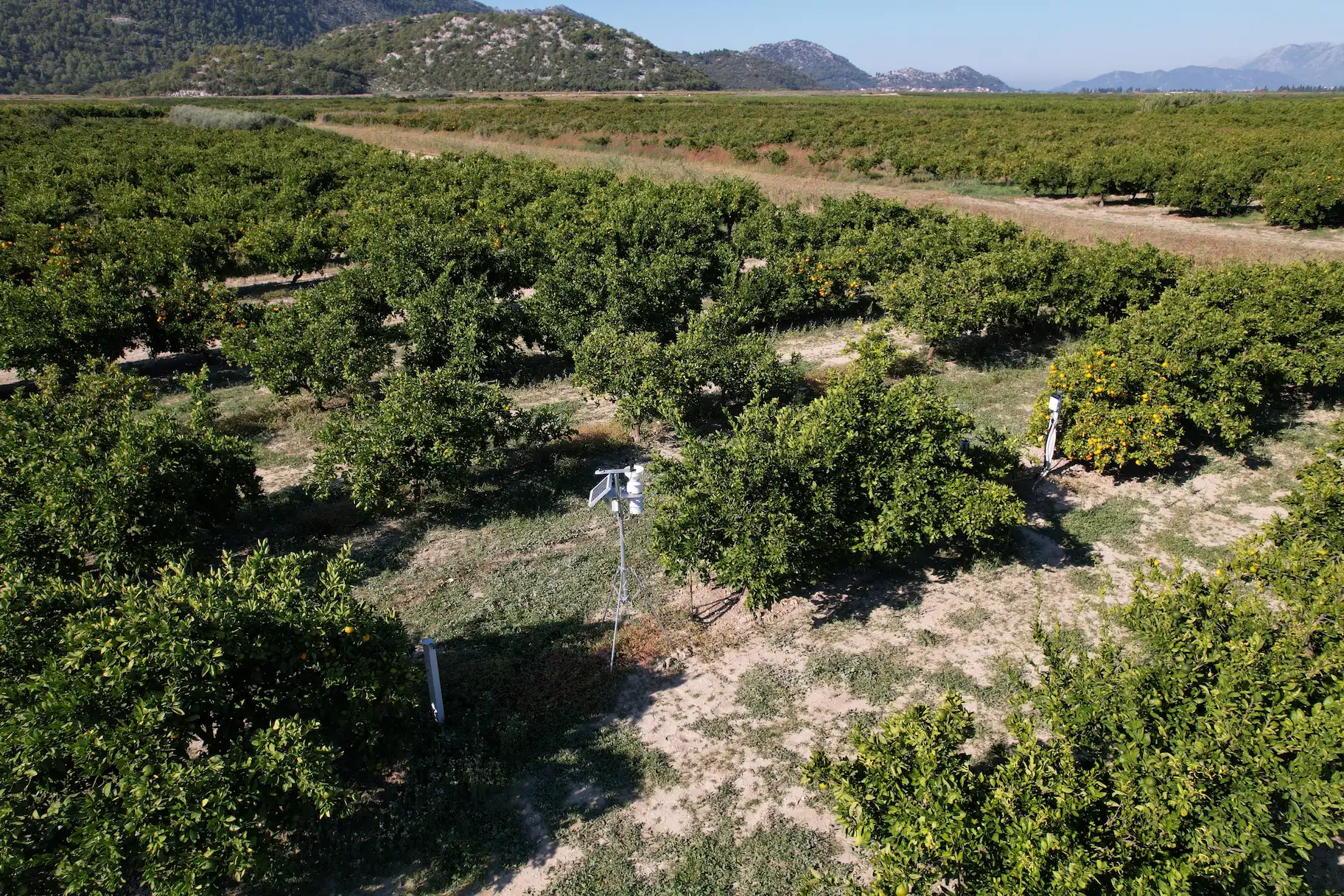Croatia
The Neretva River delta's contribution to the AI4SoilHealth project is exciting because it offers a unique and complex salt-affected environment to test and refine AI technologies, with the potential for significant agricultural, environmental, and socio-economic benefits.

Overview
Introduction:
The Croatian pilot site, operated by the University of Zagreb, is studying the impact of saline irrigation and soil salinity on crops due to rising sea levels. The pilot area is in the Neretva River Valley, on the southeastern coast of the Adriatic Sea. The Neretva River, with its numerous tributaries in its lower course, forms an extensive low-lying delta, which influences the main river either directly at the surface or indirectly in the groundwater. The entire delta is under the strong influence of the Adriatic Sea, both through sea water intrusion through the main riverbed and groundwater.
The pilot area is primarily used for citrus fruit and vegetable cultivation, and its low-lying land requires continuous drainage through a network of canals, gates, and pumping stations. The soil and water monitoring network covers 5815 hectares across four distinct polders. Each polder independently drains excess water to higher areas or the sea, necessitating precise water level observation for effective management. Optimisation ensures inclusion of all water bodies within the polders, crucial for understanding saline/brackish/freshwater dynamics and their ecological, hydrological, and water and soil quality interactions.
Soil health indicators chosen:
Key soil health indicators are monitored to assess salinization’s impact on agricultural productivity.
- Electrical conductivity (EC) gauges soil salinity levels.
- Monitoring pH levels indicates soil alkalinity, crucial for nutrient availability and microbial activity.
- Sodium adsorption ratio (SAR) and exchangeable sodium percentage (ESP) signal soil dispersion risk and structural degradation, influencing water infiltration, root growth, and sodicity levels impacting soil structure and permeability.
- Soil moisture content is crucial in saline-affected areas, where salt accumulation can impede plant water uptake, leading to water stress.
- Soil texture influences water movement and drainage, affecting salt distribution and leaching.
Salinity alters nutrient availability and uptake by plants, necessitating monitoring of essential nutrient levels to assess soil fertility and potential deficiencies. Moreover, salinity can reshape microbial communities and activity, impacting nutrient cycling and organic matter decomposition. Hence, assessing microbial diversity is essential, though not currently performed, to understand salinity’s broader impact on soil health.
Data collected by this pilot site:
The pilot site is providing historical data, including pH, electrical connectivity, ionic composition of the saturated paste, and cation exchange capacity. The focus of the site is soil salinity monitoring in the AI 4 Soil Health project, which is conducted through soil profiles and continuous sensor measurements.
Gallery





